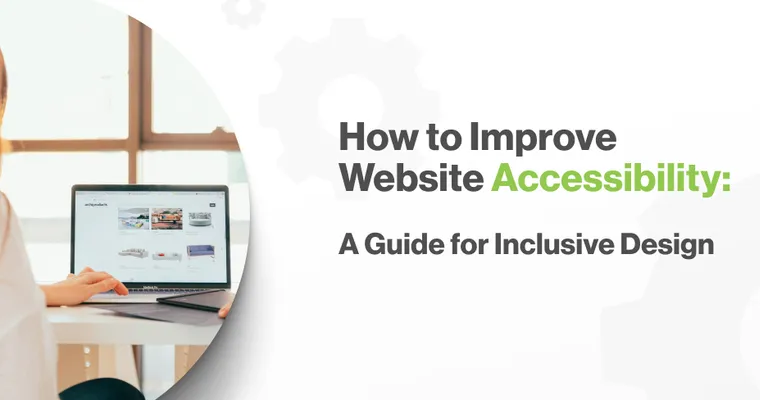Summary
User experience (UX) is no longer optional – it’s a core part of web design that directly impacts SEO, user engagement, and conversions. A website that looks good but is difficult to navigate or slow to load will drive visitors away, no matter how visually impressive it is. In this blog, we explore why UX matters, how it affects search rankings, and actionable strategies to improve it on your website.
Why UX Matters for Your Website
- First impressions count: Users judge a website within seconds. Clean layouts, clear typography, and intuitive navigation immediately signal credibility.
- Keeps visitors engaged: Smooth user flows and easy-to-read content encourage visitors to explore more pages, increasing dwell time and reducing bounce rates.
- Boosts conversions: Whether it’s signing up for a newsletter, submitting a contact form, or completing a purchase, good UX guides users toward the desired actions.
- Accessibility matters: Designing for all users, including those with disabilities, improves user satisfaction and expands your potential audience.
UX and SEO: How They Work Together
- Lower bounce rates: Google’s AI algorithms notice when visitors leave a page quickly. Sites with intuitive UX keep users engaged, which can improve search rankings.
- Better crawlability: Clear menus, logical page hierarchies, and well-structured content make it easier for search engines to index your website.
- Mobile-first UX: With mobile searches surpassing desktop, responsive design isn’t optional – Google prioritises mobile-friendly sites for ranking.
- Optimised content layout: Headings, bullet points, tables, and visuals make content more readable for both humans and AI-powered search summarisation.
Practical UX Tips
- Use clear headings and bullet points to improve readability.
- Consistent navigation: Menus should be easy to locate and function the same across all pages.
- Mobile-first design: Ensure buttons are tappable, forms are easy to fill out, and images scale correctly on smaller screens.
- Visual hierarchy: Prioritise key information using size, colour, and spacing.
- Call-to-action placement: Position buttons strategically to guide users without overwhelming them.
- Usability testing: Conduct regular testing with real users to uncover friction points and iterate based on feedback.
Real-World Impact
Businesses that invest in UX see tangible results: higher engagement, longer session times, and improved conversions. For example, our Bearú Restaurant website redesigned with intuitive UX saw a 35% increase in online booking conversions within three months.
FAQs
Q: Does UX really affect my Google rankings?
A: Yes. Metrics like time on site, bounce rate, and mobile usability – closely tied to UX – signal quality to Google.
Q: How can I improve UX on an existing website?
A: Simplify navigation, use clear headings, optimise for mobile, and test with real users to identify pain points.
Q: Is UX only about design?
A: No. UX also includes content clarity, load speed, accessibility, and how easily users can complete desired actions.
Q: Can small changes really make a difference?
A: Absolutely. Even minor adjustments like improving



